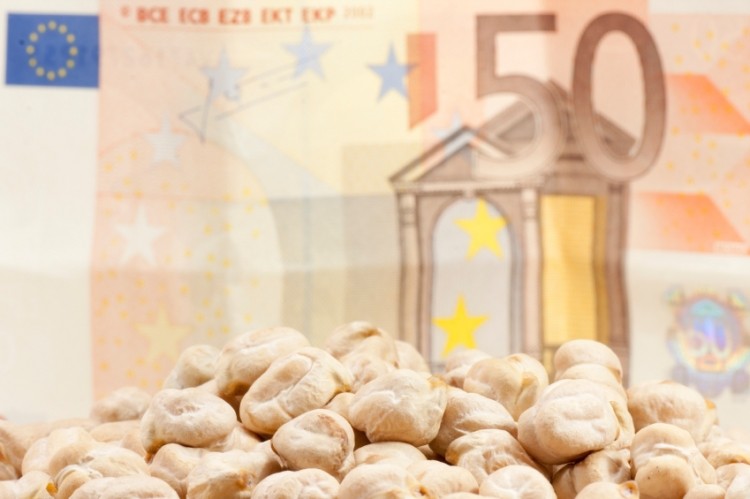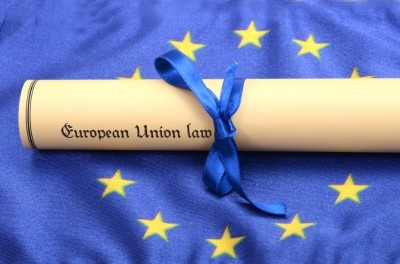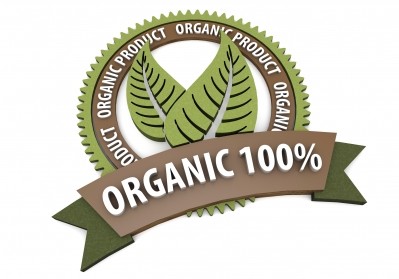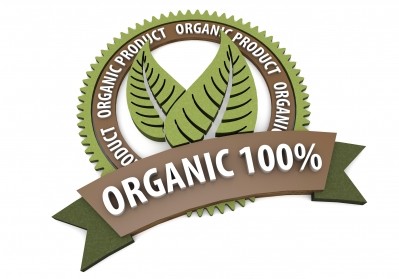EU: New system aims at traceable, certified organic feed imports

The European Commission also expects the new system, announced under regulatory amendments brought in last month, to reduce the administrative burden for operators and authorities, and provide much more comprehensive statistical data on organic imports.
For a transitional period lasting until 19 October 2017, its use will not be mandatory; it will be integrated into the Commission’s existing electronic Trade Control and Expert System (TRACES) for tracking movements of food products across the EU.
The European organics market is growing at an astounding rate of around 6 to 7% year-on-year, especially when compared with non-organic grocery market growth of 2 to 3%, according to IFOAM.
IFOAM EU, the umbrella organization representing the entire European organic production chain, said, prior to this development, access to very specific data on organic imports had been limited.
And, in a March 2016 report on the prospects for the EU organic market, it noted pigs and poultry have the lowest share of EU organic livestock production, partly due to the high price premiums consumers have to pay but also due to the difficulties posed by the insufficient internal supply of organic feeds and the challenges around providing traceable, certified feed imports.
By recognizing the need to address the key challenges facing the organic sector and allocating funds accordingly, policy makers would foster solutions to enable organic operators to go further, said Laura Ullmann from IFOAM EU.
Local sourcing
That umbrella group said the development of local, organic feed is critical to boost the development of the EU organic sector, and the issue has been discussed in the context of the new EU organic regulations.
Ullmann said the organization’s current position on local sourcing, following extensive debate with all the relevant stakeholders, is that minimum percentages of feed coming from the farm or from the region should be 30% for porcine and poultry, 60% for herbivores; and member states shall define the region in accordance with their local conditions and availabilities of feed.
Pending EU organic regulations
Meanwhile, the European Commission, the European Parliament, and EU member states are currently finalizing the revision of regulations for the organic farming sector.
Currently a complete picture of demand and supply for organic animal feed is unavailable in any EU member states or other European countries, said IFOAM EU.
Estimates based on 2011 data indicate that the total demand for dry matter organic concentrate feed in Europe was 2,350,000 metric tons. And the organization said 2011 data for selected European countries – those that accounted for the majority of organic livestock: pigs (85%), poultry (80%) and cattle (70%) – showed a total dry matter demand of 1,923,000 metric tons with over 50% fed to bovine animals, 16% to pigs and 30% to poultry.
In these countries the overall demand for crude protein was 300,000 metric tons with 49% fed to bovine animals, 34% to poultry and 17% to pigs, reported IFOAM.
“The triologue discussions are ongoing and the institutions are working to try to come to an agreement by the end of the Slovak presidency at the end of this year.
“As the organic regulation is highly complex and detailed, it is important that the final text both improves on the existing regulation and that it can be applied practically. The technical soundness of the text will have a profound impact on the ability of national authorities, certifiers and organic operators to correctly apply it,” Ullman told us.
However, opportunities to use the new regulation as a tool for the further the development of organic are still being missed, said the EU organics organization
“Instead of drawn-out discussions on the thresholds and the control system, we would have welcomed more consideration, for example, of new ways to help organic processors to further improve their environmental performance,” added Ullmann.
The negotiations have been dogged by legal and political wrangling since the draft regulation was first tabled over two years ago. Issues such as GMO and pesticide residues in organic food and feed proved divisive.
The areas discussed by the three EU institutions in the first semester of 2016 – imports, control system and the actions to be taken in case of residue findings in organic feed and food – have not been re-discussed so far under the Slovak presidency, reported IFOAM. "The three institutions are now focusing on the production rules for crops and livestock,” added the organization.










